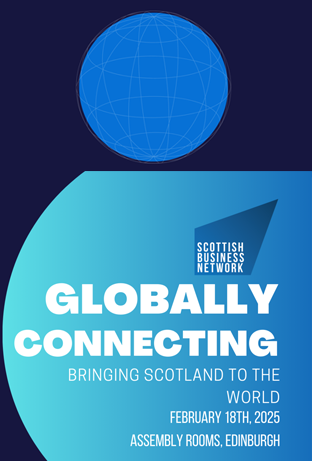A Scottish deep-tech startup is poised to transform the future of human-machine interfaces after raising $8 million in seed funding. Neuranics, a joint spinout from the University of Glasgow and the University of Edinburgh, is leveraging its pioneering Tunnelling Magnetoresistance (TMR) magnetic sensing technology to enable touchless, ultra-precise interaction between people and machines—a breakthrough with far-reaching implications for XR, wearables, and digital health.
Founded in 2021, Neuranics has quickly established itself as a leader in magnetic sensing innovation. Its TMR sensors are ultra-sensitive, low-power, and scalable, capable of detecting minute magnetic signals generated by the human body. Unlike traditional sensors that require direct skin contact, Neuranics’ technology can track muscle activity for gesture recognition and monitor heart signals entirely contact-free.
This leap in sensing capability opens the door to a new class of intuitive, seamless human-machine interfaces. For example, Neuranics’ technology enables wearable devices and XR hardware to interpret subtle muscle movements, allowing users to control digital environments or health monitoring systems with natural gestures or physiological signals.
The $8 million seed round was led by Blackfinch Ventures, with participation from Archangels, Par Equity, the University of Glasgow, and Old College Capital (the University of Edinburgh’s venture investment fund). The capital infusion will power Neuranics’ next phase of growth, including:
- Expanding its technical and commercial teams
- Accelerating R&D and innovation in TMR technology
- Enabling wider integration of its sensors into emerging markets such as XR, wearables, and digital health
Noel McKenna, CEO of Neuranics, described the investment as a “significant step forward,” highlighting the company’s commitment to advancing its technology and bringing solutions closer to widespread adoption.
Neuranics’ technology has already attracted the attention of global Tier-1 semiconductor and XR manufacturers. The company is actively collaborating with these industry leaders to validate the performance and production readiness of its sensors for high-volume applications in consumer, industrial, and healthcare markets.
Kimberley Hay, Senior Ventures Manager at Blackfinch Ventures, emphasized the broad applicability of Neuranics’ innovation:
“The team at Neuranics have shown us that they can not only accurately detect finite movement, but do so whilst consuming low power, which clearly opens up a tremendous number of applications across business and industry. Neuranics have an exciting market for their technology and we look forward to working with the team.”
Sarah Hardy, Director and Head of New Investments at Archangels, added that Neuranics’ high-calibre team and experienced leadership provide an “excellent foundation upon which to scale the business.”
Neuranics’ TMR quantum sensing technology stands out for its ability to combine custom semiconductor design with AI-enabled hardware and software. This integration allows for the detection and interpretation of extremely weak magnetic fields produced by muscle contractions and heart activity—signals that are typically challenging to capture without direct contact.
Compared to conventional bio-sensing methods, Neuranics’ approach offers:
- Greater accuracy in tracking physiological signals
- Lower power consumption, enabling longer battery life in wearables
- The potential for continuous, unobtrusive monitoring
These advantages make Neuranics’ sensors particularly attractive for next-generation XR devices, wearable health monitors, and gesture-based controls for immersive environments.
The new funding builds on a series of earlier milestones for Neuranics, including a $700,000 seed round led by Inflection Point Ventures, a $1.03 million grant from Scottish Enterprise, and a $2.3 million investment led by Par Equity. The company also recently launched a magnetic sensor development kit that records and wirelessly transmits heart magnetic activity for continuous analysis—a move that underscores its commitment to commercializing advanced health monitoring solutions.
Neuranics’ rapid progress has not gone unnoticed: the company was recently honored with a CES Innovation Award, cementing its reputation as a world-class innovator in deep tech.
With its latest funding, Neuranics is poised to accelerate the adoption of its TMR magnetic sensing technology worldwide. The company’s vision is to enable a new generation of human-machine interfaces that are more natural, responsive, and accessible than ever before.
As Neuranics continues to refine its technology and deepen partnerships with global industry leaders, the future of touchless, intuitive interaction between humans and machines is coming sharply into focus—originating from the heart of Scotland’s academic and innovation ecosystem.









